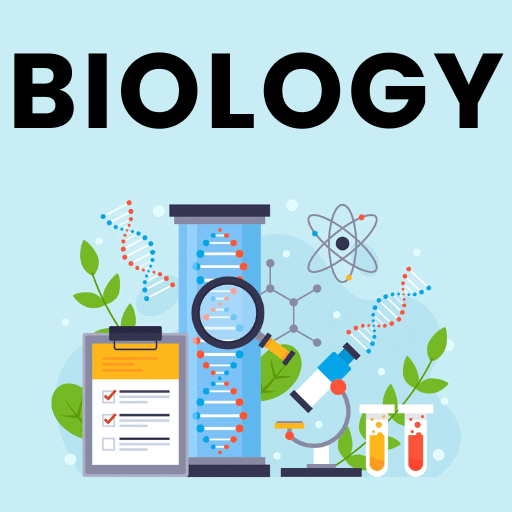Best Study Material for NEET Exam
NEET Exam > NEET Notes > Biology Class 12 > DPP for NEET: Daily Practice Problems, Ch: Sexual Reproduction in Flowering Plants (Solutions)
Sexual Reproduction in Flowering Plants Practice Questions - DPP for NEET
| Download, print and study this document offline |
|
78 videos|280 docs|174 tests
|
FAQs on Sexual Reproduction in Flowering Plants Practice Questions - DPP for NEET
| 1. What are the different types of sexual reproduction in flowering plants? |  |
| 2. What are the advantages of cross-pollination in flowering plants? |  |
Ans. Cross-pollination in flowering plants promotes genetic diversity, which is beneficial for the survival and adaptation of the species. It allows for the exchange of genetic material between different individuals, leading to the creation of new combinations of traits. This genetic variation can enhance the plant's ability to withstand environmental changes and increase its chances of reproductive success.
| 3. How does self-pollination occur in flowering plants? |  |
Ans. Self-pollination in flowering plants can occur through various mechanisms. Some plants have flowers that possess both male and female reproductive structures, allowing for self-fertilization. In other cases, plants may have separate male and female flowers on the same individual, enabling self-pollination. Additionally, certain plants have mechanisms to ensure self-pollination, such as the bending of the flower's reproductive parts to facilitate pollen transfer.
| 4. What is the role of pollinators in sexual reproduction of flowering plants? |  |
Ans. Pollinators, such as bees, butterflies, birds, and bats, play a crucial role in the sexual reproduction of flowering plants. They transfer pollen from the anther to the stigma, facilitating fertilization. As pollinators visit flowers in search of nectar or pollen, they inadvertently pick up pollen grains and carry them to other flowers, enabling cross-pollination. This mutualistic relationship between plants and pollinators ensures the successful reproduction and survival of both parties.
| 5. How do flowering plants ensure the prevention of self-fertilization? |  |
Ans. Flowering plants have evolved various mechanisms to prevent self-fertilization and promote cross-pollination. These mechanisms include physical barriers, temporal separation, and self-incompatibility. Physical barriers, such as the spatial arrangement of reproductive structures, prevent the transfer of pollen to the stigma of the same flower. Temporal separation involves the maturation of male and female reproductive organs at different times, reducing the chances of self-pollination. Self-incompatibility is a genetic mechanism that prevents self-fertilization by rejecting self-pollen at the stigma or inhibiting pollen tube growth.
Related Searches






























